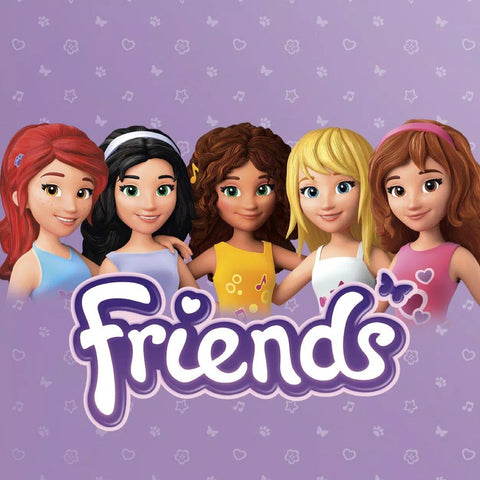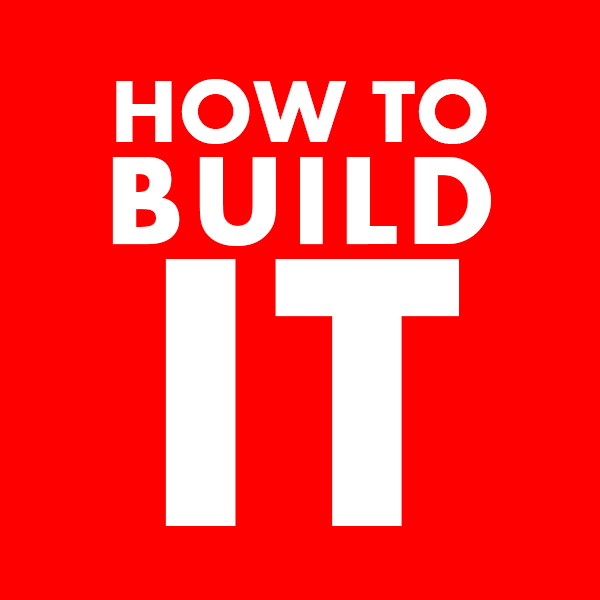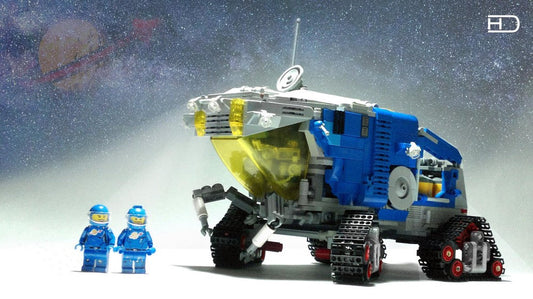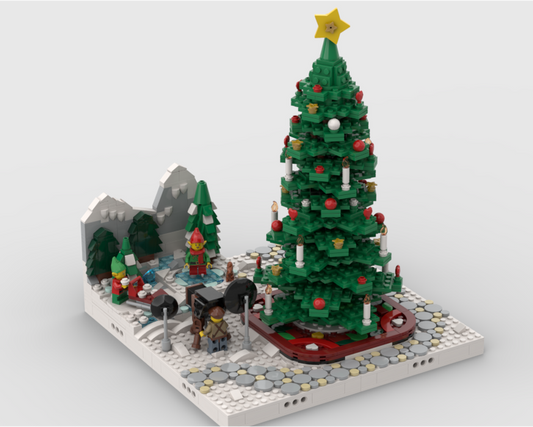
The World of Lego: A Look at the History and Evolution of the Brick
Share
Lego is a household name all around the world, known for its iconic plastic bricks that can be assembled into almost anything imaginable. But how did Lego come to be the global phenomenon it is today? Let's take a look at the history and evolution of this beloved toy.
The origins of Lego can be traced back to 1932, when Danish carpenter Ole Kirk Christiansen began producing wooden toys in his carpentry workshop. He named his company LEGO, derived from the Danish words "leg godt," meaning "play well." In 1934, Christiansen began producing plastic toys, and in 1949, the LEGO brick was born.
This revolutionary brick was made with a patented interlocking design, allowing it to be easily assembled and disassembled, leading to endless possibilities for imaginative play.
In the 1950s, Lego introduced the Lego System, which included a wider range of bricks and sets, such as houses, castles, and cars. In the 1960s, Lego started producing themed sets, such as Lego Space and Lego Town, which introduced children to concepts like outer space and city life.

In the 1980s, Lego made a major shift towards and start licensed products, partnering with popular franchises like Star Wars, Harry Potter, marvel, DC, The Simpsons and much more. These sets allowed fans to build and recreate their favorite characters and scenes with Lego bricks.

In the 21st century, Lego has continued to innovate and expand its product line. In 2011, it introduced the Lego Friends line, featuring female minifigures and sets designed specifically for girls. Lego has also embraced technology, with the introduction of Lego Boost, a programmable brick that allows children to build and code their own robots, and Lego Dimensions, a video game that combines physical Lego sets with virtual gameplay.

Today, Lego is a beloved toy for children and adults alike, with a huge selection of sets, minifigures, and bricks to choose from. Whether you're a fan of Lego's classic sets or the latest and greatest licensed products, there's something for everyone in the world of Lego.





